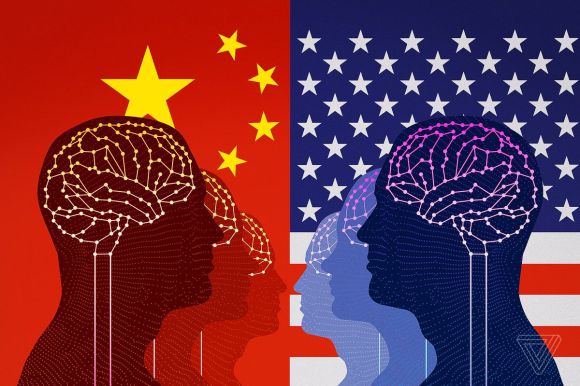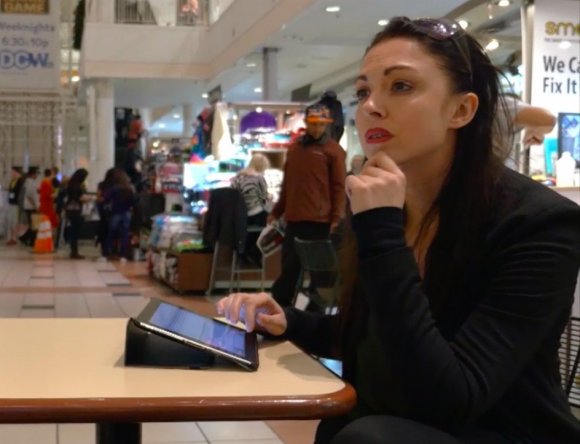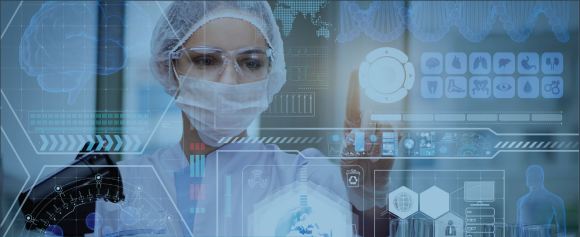The Social Benefits of Blockchain for Health Data: Securing Patient Privacy & Control
A blockchain system for electronic health records (EHRs), framed as a protocol through
which to access and maintain health data, guarantees security and privacy through
empowering the user with control of their own data. While using a blockchain
architecture approaches interoperability through centralization of data, the use of
Ethereum’s smart contracts enables an unprecedented ease of data sharing which
transcends in simplicity of use and security. Despite this potential, these advancements
depend on patients’ ability to own their health data and the establishment of a structure
for identity verification. Furthermore, the establishment of these systems is contingent on the ability of patients to navigate these systems with competence. Separate even from
patient use, the viability of a blockchain solution is determined by the security and
standardization of the existing EHR systems. And aside from the security of a blockchain
solution, there are few incentives for individual hospitals to work to make their EHRs
accessible through a blockchain, and thus the government must lead this endeavor. (Read Article Here)










